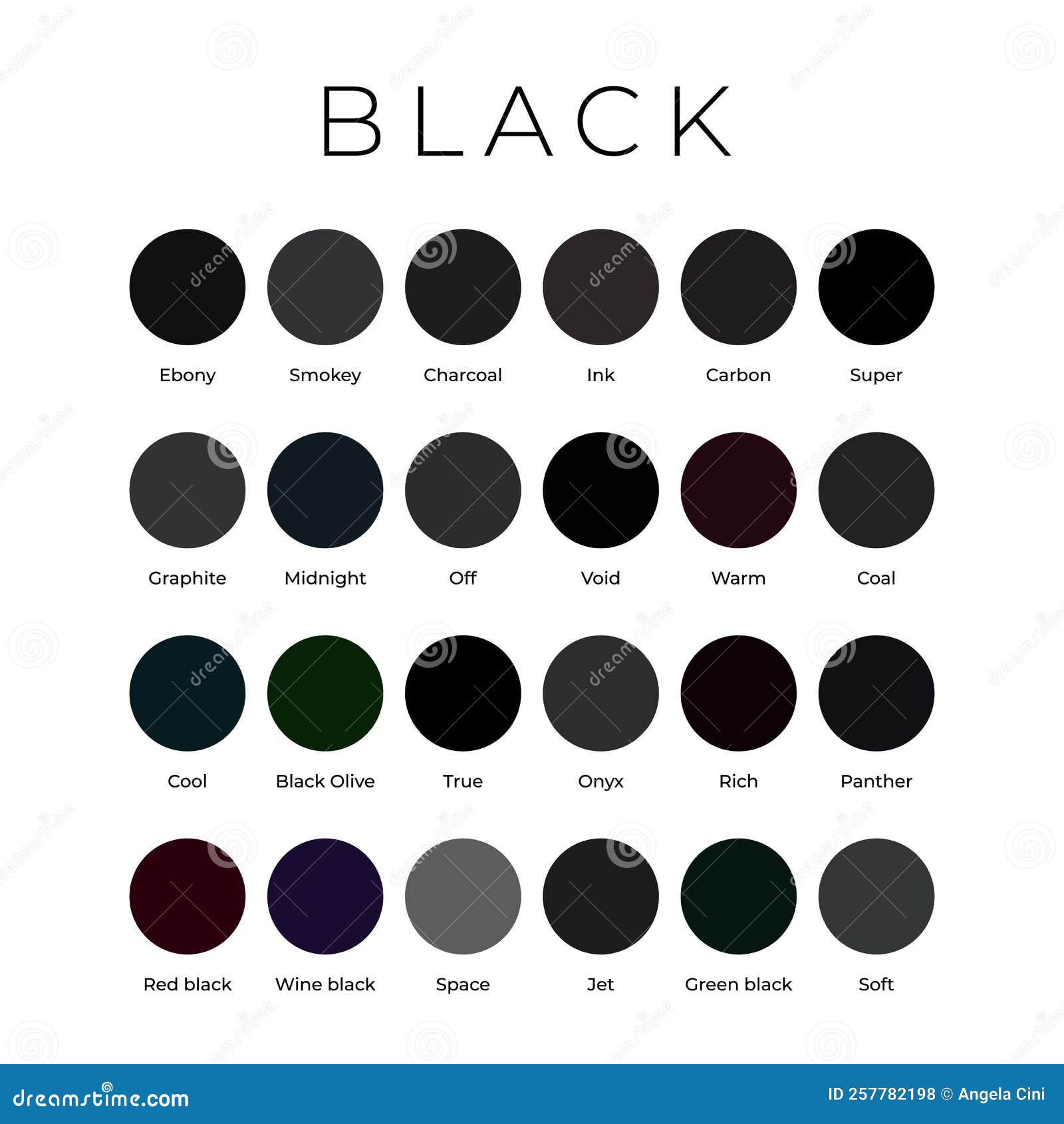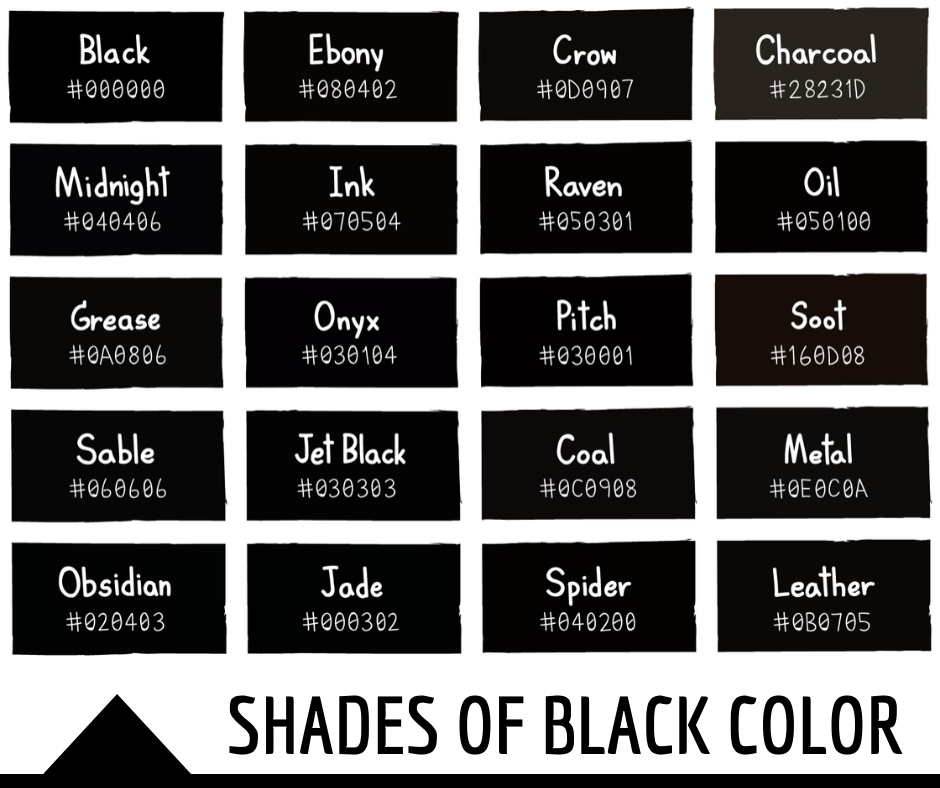The story of the Black Dahlia, that is, the terrible way Elizabeth Short's life ended, has stayed with people for so very long, casting a really dark shadow over Los Angeles history. It's a case that, in a way, just seems to grab hold of your imagination, even decades later. This awful event, the finding of her body, marked a moment that changed how folks looked at the glamour of Hollywood, revealing a much darker side, you know? It's a tale that, honestly, still chills you to the bone, sparking endless talk and guesses about what really happened to this young woman, almost like a ghost story that won't ever quite fade.
Her story, the way it unfolded, is something that, like, practically defined what a truly baffling crime could be. The details of the discovery, the state of her remains, the whole picture of the black dahlia body crime scene itself, they were all so incredibly shocking, leaving investigators and the public utterly stunned. It was a kind of violence that felt, in some respects, beyond what anyone could really grasp, a sort of brutal art piece left for the world to see, and it sparked a huge, frantic search for answers that, honestly, never quite came.
What happened that day, the morning her body was found, still sends shivers down the spine of anyone who hears about it. It’s a moment frozen in time, a snapshot of pure horror that, you know, just refuses to be forgotten. The mystery surrounding the black dahlia body crime scene, the identity of the person who did such a thing, remains unsolved, a constant reminder of how some dark deeds can just, well, stay hidden forever, no matter how much people try to uncover the truth.
- Dana Perinos Husband
- Shows Similar To The Summer I Turned Pretty
- Simon Cowell Car Accident
- Paragon Wellness Supplements
- Denzel Washington Political Affiliation
Table of Contents
- Elizabeth Short - A Life Cut Short
- What Made the Black Dahlia Body Crime Scene So Shocking?
- How Did the Scene of the Black Dahlia Body Crime Look?
- The Aftermath - Police Efforts and Public Reaction
- Who Were the Key Figures in the Black Dahlia Body Crime Scene Investigation?
- Was the Black Dahlia Body Crime Scene Ever Fully Understood?
- The Lingering Shadow of the Black Dahlia
Elizabeth Short - A Life Cut Short
Elizabeth Short, a young woman with a real sparkle in her eyes and dreams of making it big, was, you know, just like so many others drawn to the glitz and promise of Hollywood. She came from a small town in Massachusetts, born in 1924, and she carried with her that kind of hopeful spirit that pushes people to seek something more. Her early life was, in a way, a bit unsettled; her father disappeared when she was young, and she spent time moving around, working different jobs, always looking for that next step, that next chance to truly shine.
She was, like, really known for her striking looks, with dark hair and blue eyes, often seen wearing black clothes, which some say led to her chilling nickname, the "Black Dahlia." She spent time in Florida and California, often finding work as a waitress or a movie usher, never quite settling into one place or one path. Her time in Hollywood, specifically, was spent on the fringes, not quite breaking into the big time, but always, you know, just around the edges of that dazzling world, hoping for her moment to arrive.
| Personal Details and Bio Data - Elizabeth Short | |
|---|---|
| Full Name | Elizabeth Short |
| Nickname | The Black Dahlia |
| Date of Birth | July 29, 1924 |
| Place of Birth | Boston, Massachusetts, USA |
| Date of Death | Likely January 14 or 15, 1947 |
| Place of Death | Los Angeles, California, USA |
| Cause of Death | Homicide (Severe trauma and bisection) |
| Occupation | Waitress, aspiring actress |
| Hair Color | Dark Brown/Black |
| Eye Color | Blue |
| Known For | Victim of an unsolved, high-profile murder |
Her life, honestly, seemed to be a constant search for something more, a yearning for stability or perhaps just a bit of excitement. She dated various military men, moving from one relationship to another, always seemingly looking for a connection, a way to build a future. But, as a matter of fact, her time in Hollywood was marked by a certain kind of instability, a transient existence where she often relied on others for a place to stay, living a somewhat rootless life that, in hindsight, feels tragically fitting for the way her story would eventually end.
- Are Matt And Frannie Still Together
- Ramen Noodle Recall 2025 List
- Dean Winters Married
- Cupshe
- Kelly Monaco Playboy
What Made the Black Dahlia Body Crime Scene So Shocking?
The discovery of Elizabeth Short's body on January 15, 1947, was, you know, something that stopped people dead in their tracks. A mother walking with her child, Betty Bersinger, stumbled upon what she first thought was a mannequin in a vacant lot in Leimert Park, Los Angeles. But as she got closer, the horrifying truth became clear: it was the body of a young woman, cut completely in half at the waist, a sight so grotesque it's almost impossible to truly picture. The sheer brutality of it, the way the body was displayed, made it instantly one of the most disturbing crime scenes anyone had ever seen.
The way the body was found, the kind of gruesome artistry involved, really set this black dahlia body crime scene apart from anything else. Her mouth had been sliced open from ear to ear, creating a chilling, almost clown-like smile. There were, like, other injuries too, marks that suggested torture, and the body itself had been completely drained of blood, then washed clean. This suggested a kind of calculated, cold-blooded act, not a crime of passion, but something much more chilling and deliberate, something that left even seasoned investigators feeling a deep sense of unease.
What made it even more unsettling was the way the two halves of her body were placed, perfectly aligned, almost as if they had been posed for display. It was, in a way, a message, a horrifying statement left for the public and for the police. The lack of blood at the scene itself also told a story; it meant she had been killed somewhere else, then brought to the vacant lot. This detail, of course, added another layer of mystery, making the search for the actual place of her death an immediate, very difficult challenge for the authorities.
How Did the Scene of the Black Dahlia Body Crime Look?
The vacant lot where Elizabeth Short's body was found, a patch of overgrown weeds and dirt near Norton Avenue and 39th Street, was, you know, just a typical undeveloped space in a residential area. It was a place where kids might play, or people might cut through, not somewhere you'd expect to find such a horrific sight. The body was placed, kind of, off the sidewalk, a bit hidden by the weeds, but still visible enough to be discovered by someone passing by. The overall impression was one of a stage, a macabre setting chosen for its public yet somewhat secluded nature, which, arguably, added to the shocking impact of the black dahlia body crime scene.
There was, honestly, very little evidence left behind at the immediate scene itself, which made things incredibly difficult for the police. No weapon, no footprints, no real signs of a struggle. It was almost too clean, too perfect, which suggested that the person who left her there had taken great care to remove any trace of themselves. This lack of physical clues, this kind of chilling emptiness around the body, really spoke volumes about the calculated nature of the crime, leaving investigators with, like, very little to go on right from the start.
The way her body was positioned, the upper half about a foot away from the lower half, with her arms raised above her head and legs spread apart, was, basically, meant to be seen. It wasn't just dumped; it was arranged. Her face, with that awful cut, was turned slightly to the side. This deliberate arrangement, this kind of grim presentation, suggested a deep-seated rage or a twisted message from the person responsible, making the black dahlia body crime scene not just a place of death, but a place of terrifying communication, you know, a very unsettling display for anyone who saw it.
The Aftermath - Police Efforts and Public Reaction
The discovery of Elizabeth Short's body set off a firestorm, a kind of frantic energy in Los Angeles that, honestly, hadn't been seen before. The Los Angeles Police Department, along with the Los Angeles County Sheriff's Department, jumped into action immediately, throwing every available resource at the case. They started by, like, canvassing the area, looking for witnesses, trying to piece together her last known movements, and sending out alerts across the city. The pressure to solve this horrific crime was, naturally, immense, both from within the department and from a shocked public.
The media, in fact, went absolutely wild with the story. Newspapers, especially the Los Angeles Herald-Express and the Los Angeles Examiner, splashed the gruesome details across their front pages, competing fiercely for every new bit of information. It was these papers, actually, that gave Elizabeth Short her enduring, chilling nickname, "The Black Dahlia," playing on her dark hair and the popular movie "The Blue Dahlia" of the time. This media frenzy, while keeping the case in the public eye, also, you know, created a circus-like atmosphere that made the police's job even harder, as false leads and attention-seekers came out of the woodwork.
The public's reaction was a mixture of horror, fascination, and fear. People were, very, very scared by the sheer brutality of the crime, worried that such a killer might be living among them. The case quickly became a national obsession, with tips and confessions pouring in from all over the country, most of them, as a matter of fact, completely bogus. The challenges for the investigators were immense; they had a body with almost no physical evidence at the scene, a victim with a somewhat transient life, and a public clamoring for answers, which, basically, made every step of the investigation incredibly difficult.
Who Were the Key Figures in the Black Dahlia Body Crime Scene Investigation?
The police investigation into the black dahlia body crime scene was led by some really dedicated detectives, though they faced a truly uphill battle. Captain Jack Donahoe, who was, like, head of the LAPD's homicide division, oversaw the initial efforts, trying to make sense of the horrifying tableau left behind. Detective Harry Hansen and his partner, Finis Brown, were the primary investigators assigned to the case, spending countless hours following up on leads, interviewing witnesses, and trying to track Elizabeth Short's last days. Their approach was, essentially, to try and build a timeline of her movements and identify anyone she might have been with, which, honestly, proved to be a really tough task given her somewhat wandering life.
Over the years, a staggering number of suspects emerged, some more credible than others, but none ever definitively linked to the crime. There was, for example, Robert Manley, a salesman who claimed to have been the last person to see Elizabeth Short alive and who, in a way, failed a polygraph test. Another prominent name was Dr. George Hodel, a well-known Los Angeles physician, whose son, Steve Hodel, a retired LAPD detective, later made a compelling case against his father, suggesting he was the killer. These suspects, and many others, had varying backgrounds, from doctors to aspiring actors, but, you know, no one ever stuck.
The list of people who confessed to the crime was, honestly, just as long, if not longer, than the list of suspects. Hundreds of individuals, many seeking attention or perhaps suffering from mental health issues, came forward claiming responsibility. Each confession had to be, like, thoroughly investigated, taking up valuable time and resources from the police force. This flood of false information, basically, muddied the waters considerably, making it even harder for the detectives to find the true path through the maze of speculation surrounding the black dahlia body crime scene.
Was the Black Dahlia Body Crime Scene Ever Fully Understood?
The simple answer is, no, the black dahlia body crime scene was, you know, never fully understood in the way that a solved case is. The police never made an arrest that stuck, and no one was ever charged with Elizabeth Short's murder. Despite all the effort, all the interviews, all the theories, the person responsible for such a horrific act just, kind of, vanished into thin air, leaving behind a truly baffling mystery. The lack of a definitive answer, of course, has fueled endless speculation and continued fascination with the case, keeping it alive in the public consciousness for generations.
Over the decades, countless theories have popped up, some truly wild, others a bit more grounded. People have suggested everything from a lone serial killer with a twisted mind to a group of people involved in some kind of dark ritual. There are theories involving famous figures, doctors, even police officers themselves. Each new book, each new documentary, seems to offer a fresh perspective, a new suspect, or a new way to look at the few clues that were found at the black dahlia body crime scene. But, honestly, none of them have ever brought that final, undeniable piece of the puzzle that would, like, truly close the book on this tragic story.
The lasting impact of the black dahlia body crime scene is, basically, immense. It's not just a cold case; it's a part of American folklore, a symbol of Hollywood's dark underbelly, and a constant reminder of how some crimes can just, well, defy resolution. The sheer brutality of the act, the young woman's dreams cut short, and the enduring mystery have cemented its place in true crime history. It's a story that continues to haunt people, a very sad echo of a life brutally taken, leaving behind a chilling silence where answers should be.
The Lingering Shadow of the Black Dahlia
The story of the Black Dahlia, the unsettling details of the black dahlia body crime scene, continues to, like, really captivate people all over the world. It's not just a historical event; it's a kind of cultural touchstone, appearing in books, movies, and TV shows, always drawing new audiences into its chilling narrative. The unresolved nature of the case, the sheer horror of it, and the tragic figure of Elizabeth Short herself, all combine to create a tale that, in a way, just refuses to be forgotten, constantly pulling people back to try and make sense of the senseless.
This case holds a very specific place in the history of Hollywood, not for its glamour, but for its darkness. It represents a stark contrast to the dream factory, showing a side of the city that was, honestly, far from the silver screen's shining facade. The black dahlia body crime scene became a symbol of a deeper, more disturbing reality beneath the surface of fame and fortune, a stark reminder that even in the brightest places, the darkest deeds can, you know, take root and leave an indelible mark on a community's memory.
Ultimately, the story of Elizabeth Short is a profoundly sad one, a young woman with hopes and dreams who met an incredibly brutal end. The lingering shadow of the Black Dahlia is, basically, a testament to the power of an unsolved mystery, and the deep human desire for justice. Even after all these years, the questions remain, the speculation continues, and the image of that horrific black dahlia body crime scene stays with us, a chilling reminder of a life tragically lost and a puzzle that has, so far, remained stubbornly out of reach.
Related Resources:



Detail Author:
- Name : Mr. Raphael Mertz
- Username : gulgowski.allison
- Email : sally19@hotmail.com
- Birthdate : 1988-02-15
- Address : 527 Mante Pass Adrielberg, ME 83264
- Phone : 1-678-783-7272
- Company : Sporer, Skiles and Koepp
- Job : Forming Machine Operator
- Bio : Totam quod id pariatur odio cum eligendi sit. Alias fuga error pariatur a quaerat reprehenderit sit. Sed odio vero quia vel. Enim nam ullam quasi nesciunt natus.
Socials
twitter:
- url : https://twitter.com/allene.nicolas
- username : allene.nicolas
- bio : Ipsum consequatur sunt error labore nam est consequuntur. Ea itaque facere suscipit. In non porro quasi suscipit fugiat facere.
- followers : 3350
- following : 1435
tiktok:
- url : https://tiktok.com/@allene4798
- username : allene4798
- bio : Facere est fugiat qui. Nihil repellendus aut quod eum ipsum cupiditate.
- followers : 4067
- following : 2469
instagram:
- url : https://instagram.com/allene.nicolas
- username : allene.nicolas
- bio : Deleniti id accusamus maxime dolor ut incidunt id est. In et sit maiores neque facilis.
- followers : 1716
- following : 2737